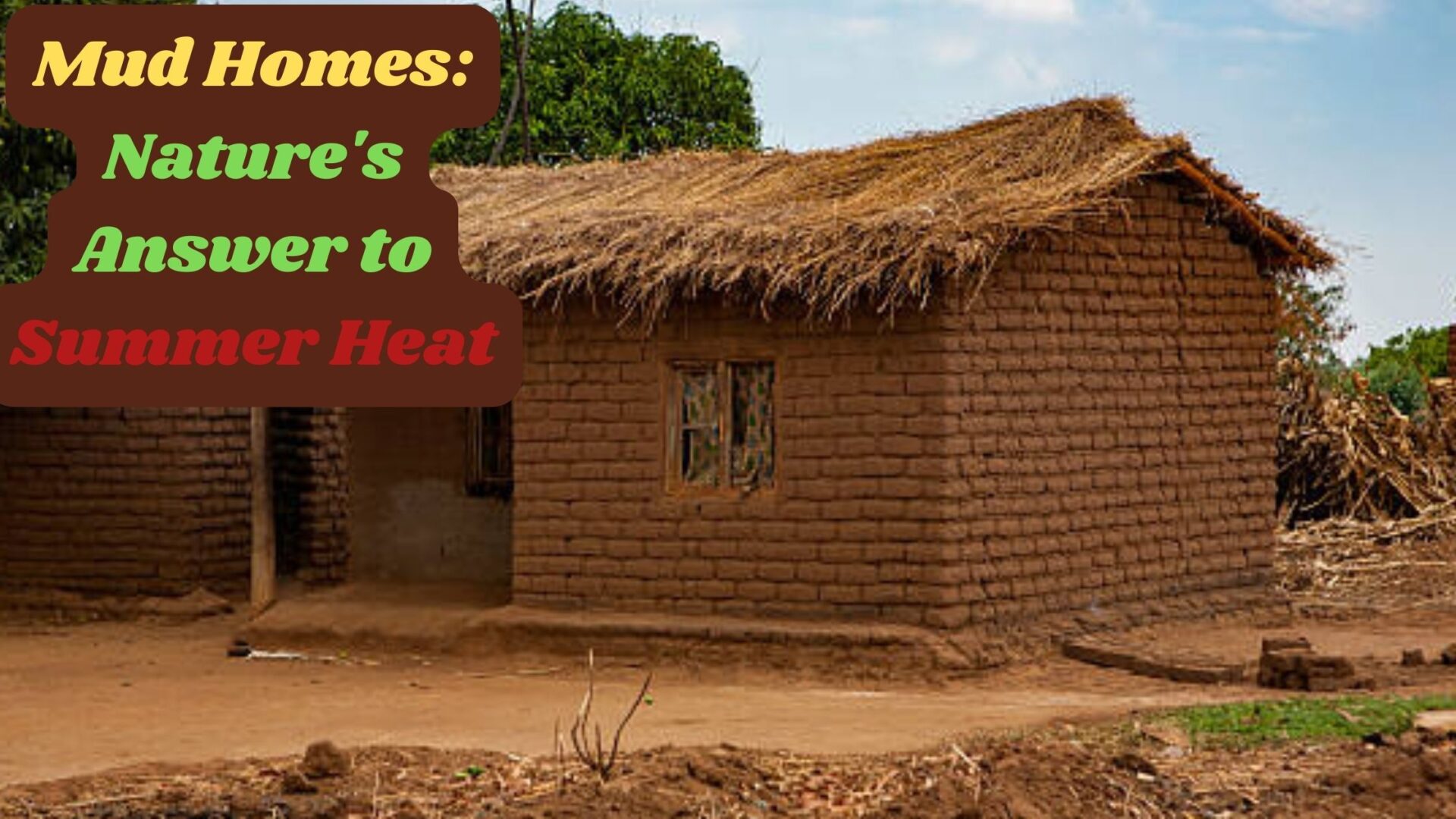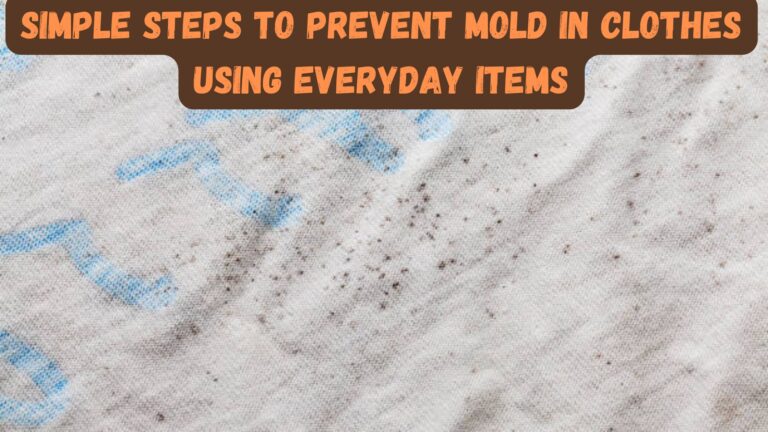Introduction:
Mud Homes: Nature’s Answer to Summer Heat
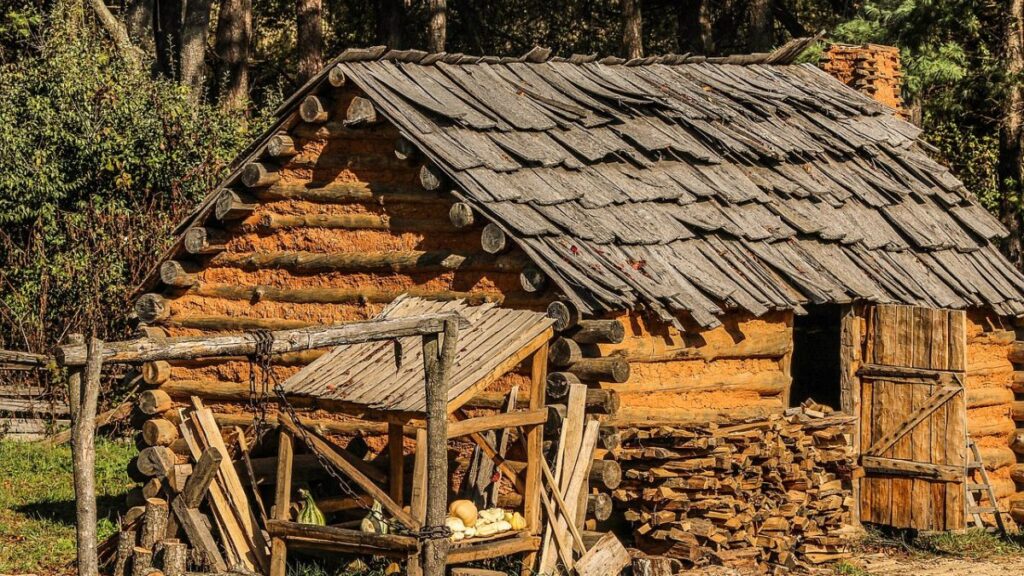
In this exploration, we embark on a journey to unveil the wonders of mud homes, marvels of human ingenuity rooted in ancient building practices. These structures stand as a testament to our ability to adapt to our environment, offering a timeless solution to the challenges of summer heat. Mud homes, closely aligned with nature, provide a haven of coolness even in the most sweltering climates. We delve into the intricacies of their design, uncovering the scientific principles behind their cooling properties and the array of eco-friendly advantages they possess.
What are mud homes?
I. The Science of Cooling
Cooling science is about lowering temperatures. It uses thermodynamics principles and heat transfer mechanisms like conduction, convection, and radiation. Refrigeration and air conditioning systems are common cooling applications. Evaporative cooling and thermal insulation are other methods. Thermal management is important in electronic devices. Cryogenics involves extremely low temperatures. Sustainable cooling technologies are being developed to address environmental concerns.
II. Design Principles:
Design principles are crucial for creating functional, efficient, and user-friendly products, systems, and environments. Key principles include user-centered design, simplicity, consistency, hierarchy, accessibility, feedback, flexibility, aesthetics, context sensitivity, and sustainability. Applying these principles thoughtfully leads to effective designs.
III. Sustainability and Environmental Benefits:
Sustainability involves practices that protect the present without compromising future generations’ needs. It includes resource conservation, carbon footprint reduction, biodiversity preservation, clean air and water initiatives, renewable energy transition, circular economy models, climate resilience, and social equity. By adopting sustainable practices, we can create a healthier planet for all.
IV. Cultural and Historical Significance:
Cultural and historical significance involve preserving heritage, shaping identities, symbolizing meaning, offering educational value, promoting tourism, inspiring art, showcasing global heritage, commemorating the past, revitalizing traditions, and raising ethical considerations. It plays a vital role in societies and enriches human experiences by celebrating cultural diversity worldwide.
V. Future Prospects and Challenges:
Future prospects and challenges are shaped by technology, socioeconomic trends, environmental concerns, and geopolitical dynamics. Key themes include technological advancements, climate change, global health, social justice, digital transformation, demographic shifts, geopolitical tensions, ethical AI, disaster preparedness, and education. Navigating these requires collective action for a sustainable future.
What are the challenges of building a mud home?
Building a mud home comes with its own set of challenges, despite its many benefits. Here are some common challenges associated with constructing mud homes:
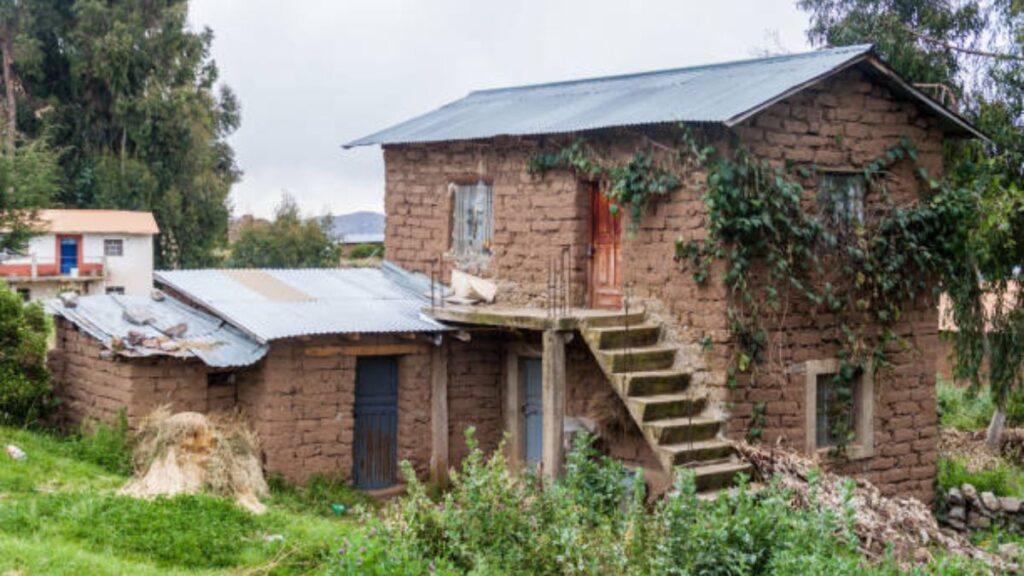
- Mud construction is highly sensitive to weather conditions and requires proper timing and protection.
- Mud homes in areas with high rainfall or flooding are at risk of erosion.
- Ensuring a stable foundation is crucial for mud homes to prevent settlement or subsidence.
- Effective waterproofing and moisture control measures are necessary to prevent water ingress, dampness, and mold growth.
- Mud homes require regular maintenance to keep them in good condition, including repairing cracks and replenishing protective coatings.
- Mud homes are potentially vulnerable to pests such as termites and rodents and require proper pest control measures.
- There may be regulatory challenges or cultural perceptions that view mud homes as inferior or outdated, posing challenges in gaining approval or acceptance for construction.
Despite the challenges presented, mud homes, through careful design, proper construction techniques, and meticulous planning, can serve as sustainable and environmentally friendly alternatives to conventional building materials, offering durability and longevity.
Can mud homes reduce energy bills in summer?
Yes, mud homes can help reduce energy bills in the summer through their natural thermal properties. Here’s how:
- High Thermal Mass:
- Mud absorbs and stores heat during the day and releases it at night, regulating indoor temperatures and keeping the interior cooler.
- Natural Insulation:
- Mud walls provide natural insulation, resulting in lower energy consumption and reduced energy bills.
- Shading and Ventilation:
- Thick walls, small windows, and shaded outdoor areas minimize heat gain and improve natural ventilation.
- Low Embodied Energy:
- Mud requires minimal processing and energy input, reducing the environmental impact of the building.
- Passive Cooling Strategies:
- Cross-ventilation, night purging, and the use of thermal mass further enhance comfort and reduce reliance on mechanical cooling systems.
- When building mud homes, evaluating local climate conditions, building orientation, and unique design elements is crucial to optimize energy efficiency and thermal comfort.
- Despite the energy-saving benefits of mud homes during the summer months, supplementary cooling measures may still be necessary in exceptionally hot climates or during heatwaves.
- Mud homes offer reduced energy consumption and lower associated costs compared to conventionally built homes, making them a sustainable housing option.
While mud homes can help reduce energy bills in the summer, it’s essential to consider factors such as local climate conditions, building orientation, and specific design features to optimize energy efficiency and thermal comfort. Additionally, supplemental cooling strategies may still be necessary in extremely hot climates or during heatwaves, but the overall energy demand and associated costs are likely to be lower compared to conventionally built homes.
Are mud homes a viable solution for hot climates?
Mud homes can indeed be a viable solution for hot climates, but their effectiveness depends on various factors such as local climate conditions, construction techniques, and design considerations. Here’s why mud homes can work well in hot climates:
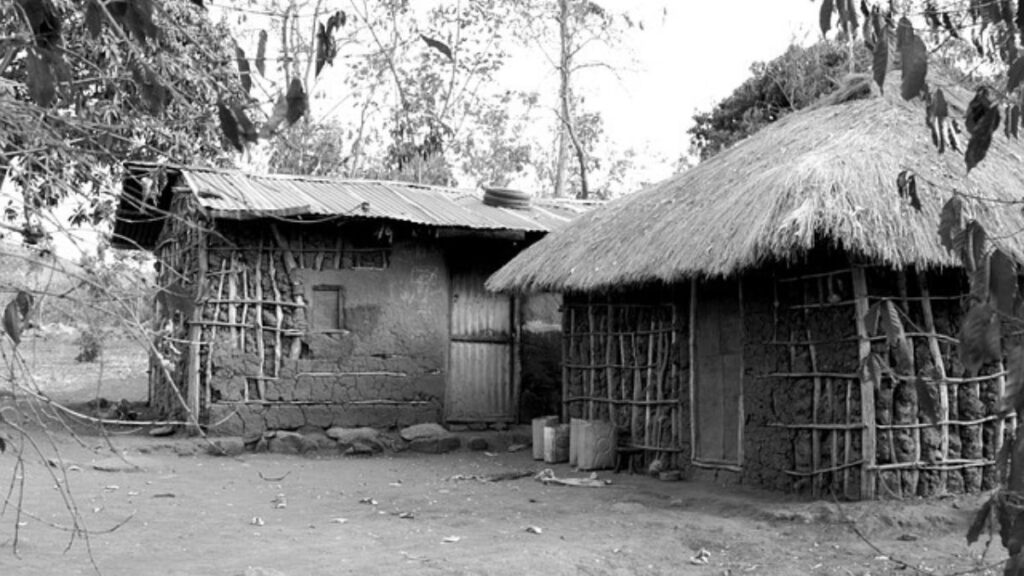
- Thermal Mass: Mud absorbs and stores heat during the day and releases it slowly at night, regulating indoor temperatures.
- Natural Insulation: Mud walls provide insulation, keeping indoor temperatures more stable in hot climates.
- Passive Cooling: Traditional mud home designs incorporate passive cooling strategies like small windows, shaded areas, and cross-ventilation.
- Local Materials and Labor: Mud construction uses locally sourced materials and labor, which is sustainable and cost-effective.
- Low Embodied Energy: Mud construction requires minimal processing, resulting in a lower embodied energy and reduced environmental footprint.
- Adaptability: Mud construction techniques can be adapted to suit specific climatic conditions and local building traditions.
In hot climates, mud homes offer comfortable and sustainable living environments. However, it is essential to consider potential challenges including erosion risk, waterproofing needs, and maintenance requirements. Intense sunlight and occasional heavy rainfall in such climates can further complicate these issues. Proper design, construction, and maintenance are key to overcoming these challenges and ensuring durability.
Conclusion:
Mud homes serve as a testament to the harmonious relationship between human habitats and the natural environment. Their thermal insulation properties, based on scientific principles and honed through generations of skilled craftsmanship, present a sustainable alternative to conventional construction methods. In the face of climate change and resource depletion, the revival of mud homes signifies a return to traditional wisdom and a re-evaluation of our approach to architecture and living spaces. By integrating the lessons learned from the past with modern innovations, we can pave the way for a sustainable and resilient future in the built environment.
FAQs
How do mud homes help in summer heat?
Mud homes naturally stay cooler in summer heat due to their thermal properties. The thick mud walls absorb heat during the day and release it slowly at night, helping maintain a comfortable indoor temperature. Additionally, the porous nature of mud allows for natural ventilation, further enhancing cooling effects
Are mud homes sustainable?
Yes, mud homes are considered sustainable for several reasons. They utilize locally sourced, renewable materials, reducing the environmental impact associated with manufacturing and transportation. Mud homes also have low energy requirements for heating and cooling, contributing to energy efficiency and carbon footprint reduction.
What are the benefits of living in a mud home?
Living in a mud home offers various benefits, including natural cooling in hot climates, reduced energy bills due to lower heating and cooling needs, and a connection to traditional building techniques and cultural heritage. Mud homes also have a unique aesthetic appeal and can be customized to suit individual preferences.
Are there any challenges associated with mud homes?
While mud homes offer many advantages, they also have some challenges. They may require regular maintenance to protect against erosion, moisture, and pests. Additionally, building codes and regulations in some areas may restrict or limit the construction of mud homes, posing regulatory challenges.
References:
- Easton, D. (2008). The Rammed Earth House. Chelsea Green Publishing.
- Kennedy, J., & Kennedy, C. (2000). Building Without Borders: Sustainable Construction for the Global Village. New Society Publishers.
- Bainbridge, D. A. (1997). The Straw Bale House. Chelsea Green Publishing.
- Lstiburek, J. W. (1996). Builder’s Guide to Cold Climates. Building Science Press.
- Gordon, R. (2011). Earth-Sheltered Houses: How to Build an Affordable Underground Home. New Society Publishers.
